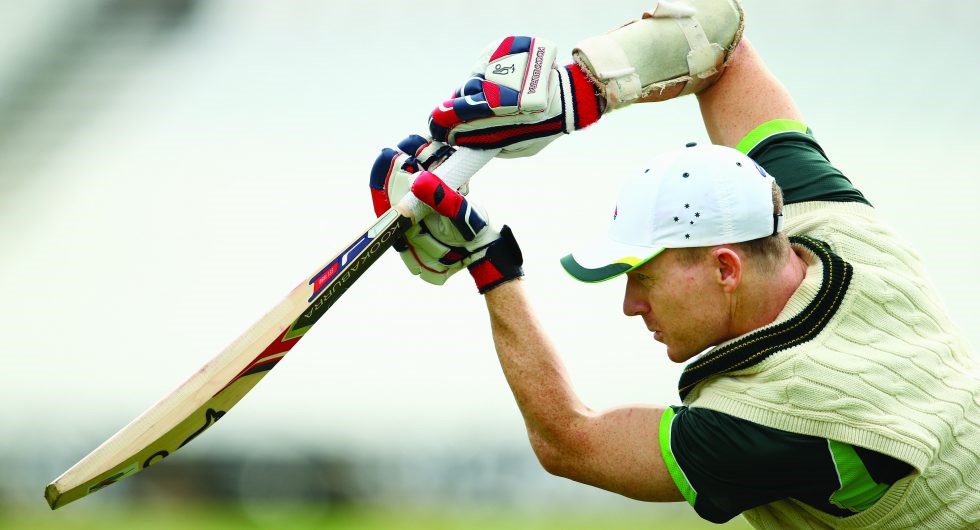PLAY LATE
Play late, be great
Playing late is so important when the ball’s doing a bit. Coming from Australia where the pitches are a bit truer and the Kookaburra ball doesn’t swing as much as the Dukes, I drilled myself to play late and with soft hands. I’m wary of too many indoor sessions because the surfaces are so true that guys end up jabbing at the ball because they can get away with it. Then your hands go at the ball rather than letting it come to you. Two of the best innings I’ve seen in English conditions were one of Rahul Dravid’s hundreds in 2011 and then Kumar Sangakkara’s 147 at Lord’s in 2014. Dravid’s alignment was so perfect that he was almost letting the ball hit the bat.
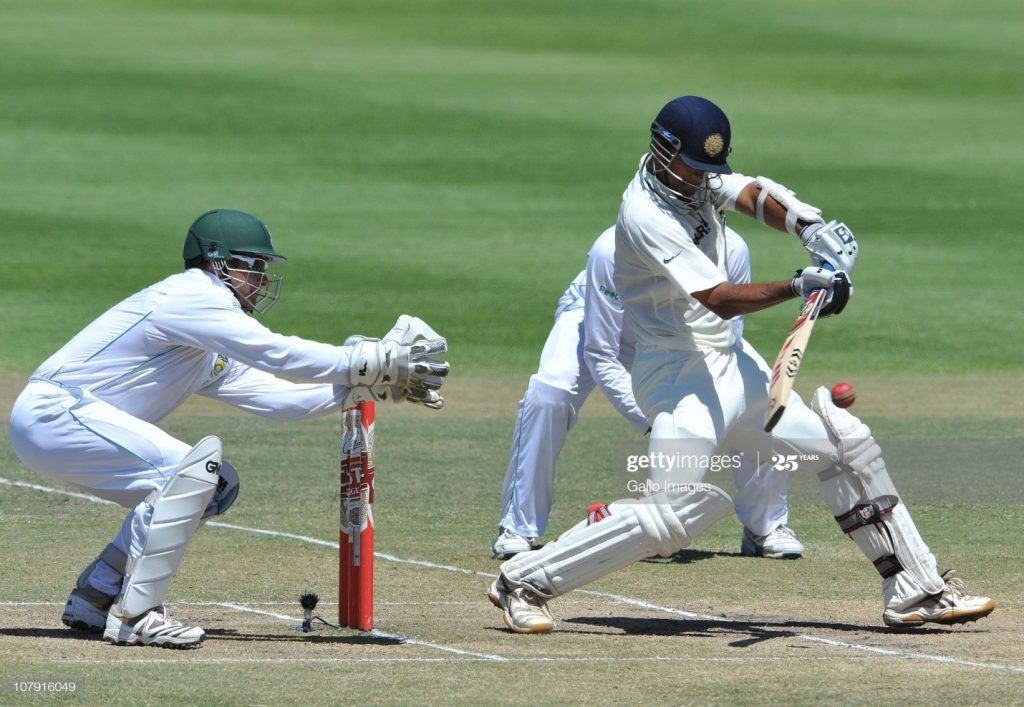
Sangakkara hit so well through point and then through square-leg when they bowled too straight. He did that by playing late and under his eyes. It was a great example of how to play in swinging conditions in England. You think about playing straight but a lot of your scoring options are actually square of the wicket. The slower the ball, the squarer you play. It’s hard to hit the straighter gaps at cover and mid-wicket. You have to play late and go with the ball, a bit like playing spin.
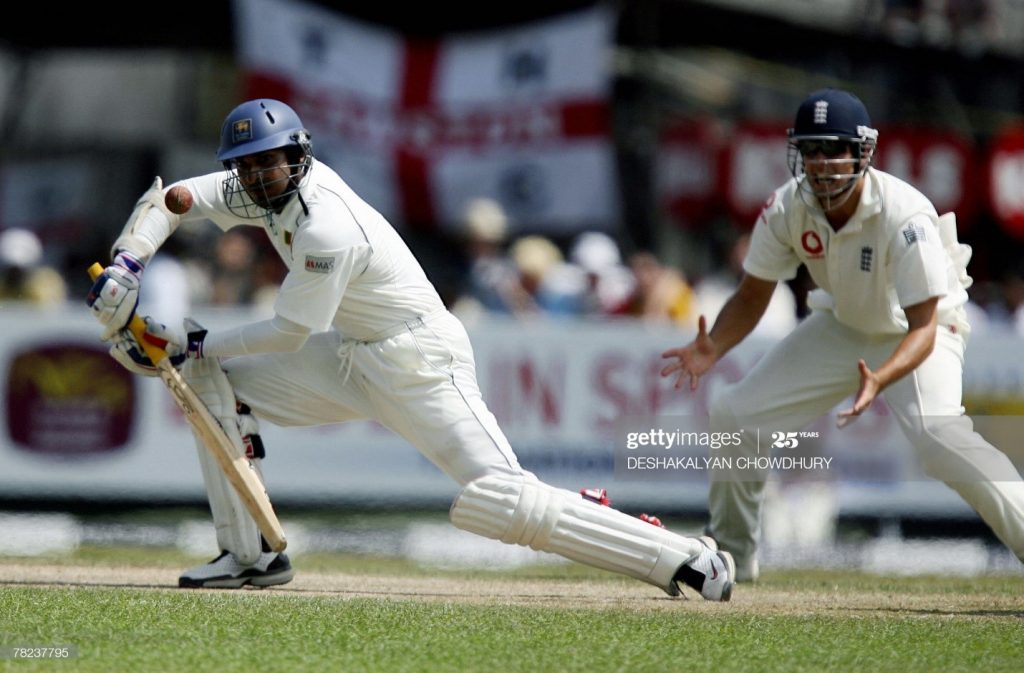
VOTE LEAVE
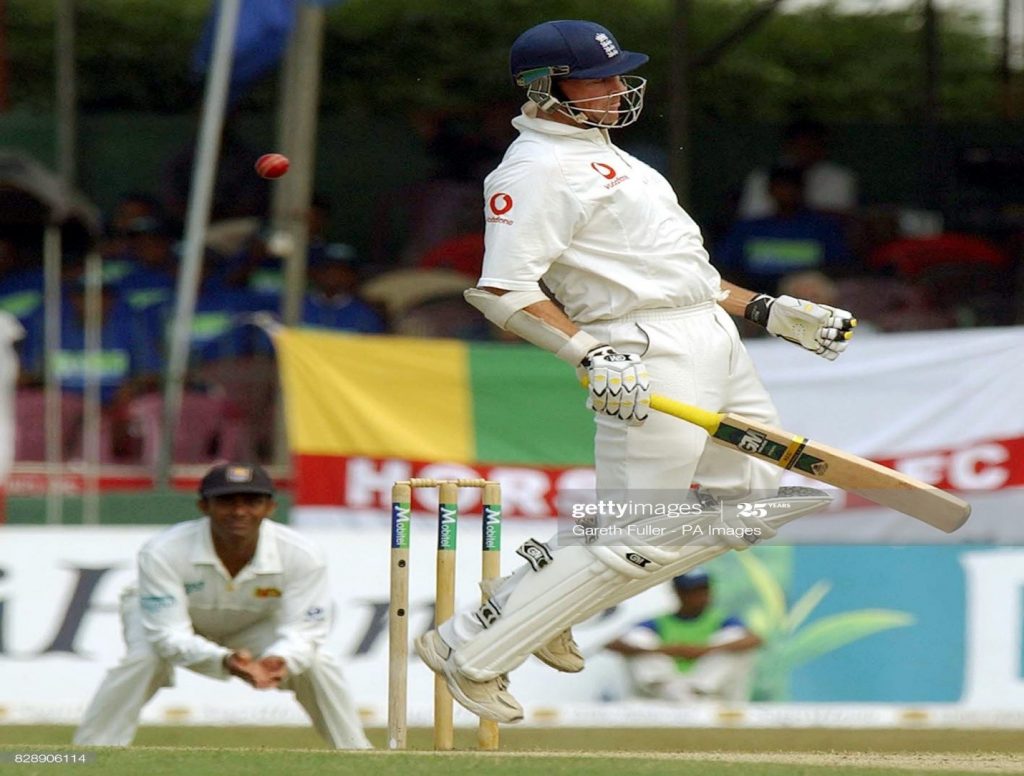
Leaving is a key part of facing the new ball but you must have the intent to play the ball. If you get into a habit of thinking you’re going to leave the ball that’s when you make poor judgements. For me it’s about being in control, trying to score off a high percentage of balls but not necessarily boundaries. If the ball is inside your eye-line – right eye for a right-hander, left eye for a left-hander – you’ve got to be careful. If the ball’s outside that line, then you can feel comfortable to leave it.
Marcus Trescothick is brilliant at this. He plays straight up and down and if the ball’s outside the line he still looks like he’s going to play a shot but then he leaves it. It’s difficult when you’re the next batsman in and you’re watching from side-on because you think he’s playing and missing. He still has that intent to play first, and leave second.
ENJOY THE CHALLENGE
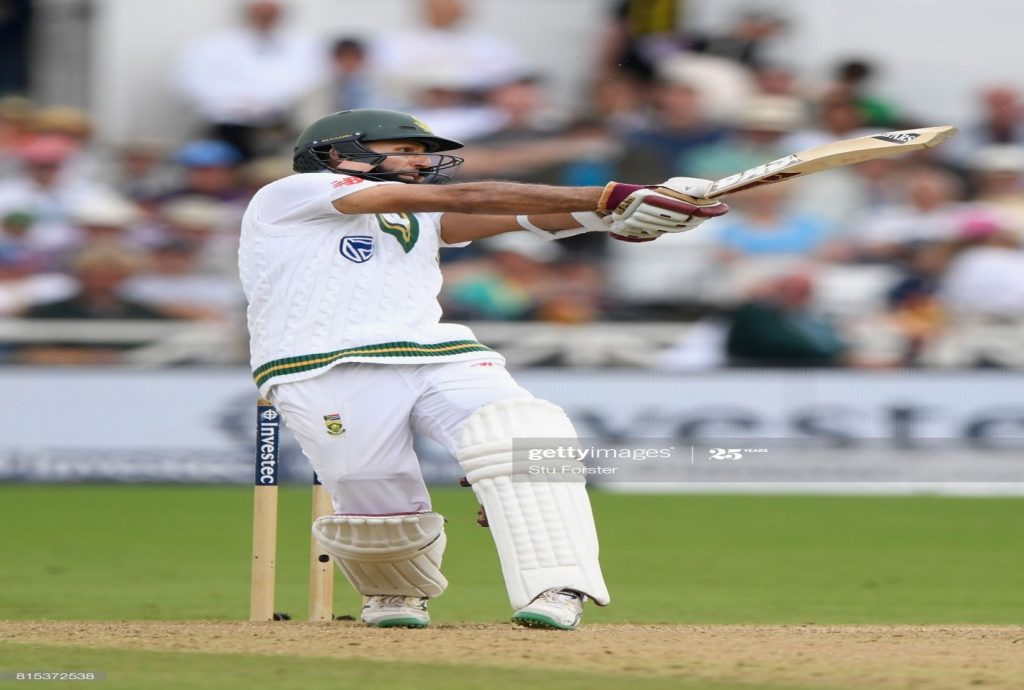
Bowlers are allowed to bowl good balls. A batsman can make a mistake and carry on. Just smile, switch off and get ready to go again. All that matters is what happens next, not what’s just gone. That’s a skill in itself and one that batsmen need to master. I thought that tough conditions offered me a good opportunity to stand up and be counted. You need that pride to get stuck in and fight for your team. Look at it as a challenge and enjoy it.
DRILL IT
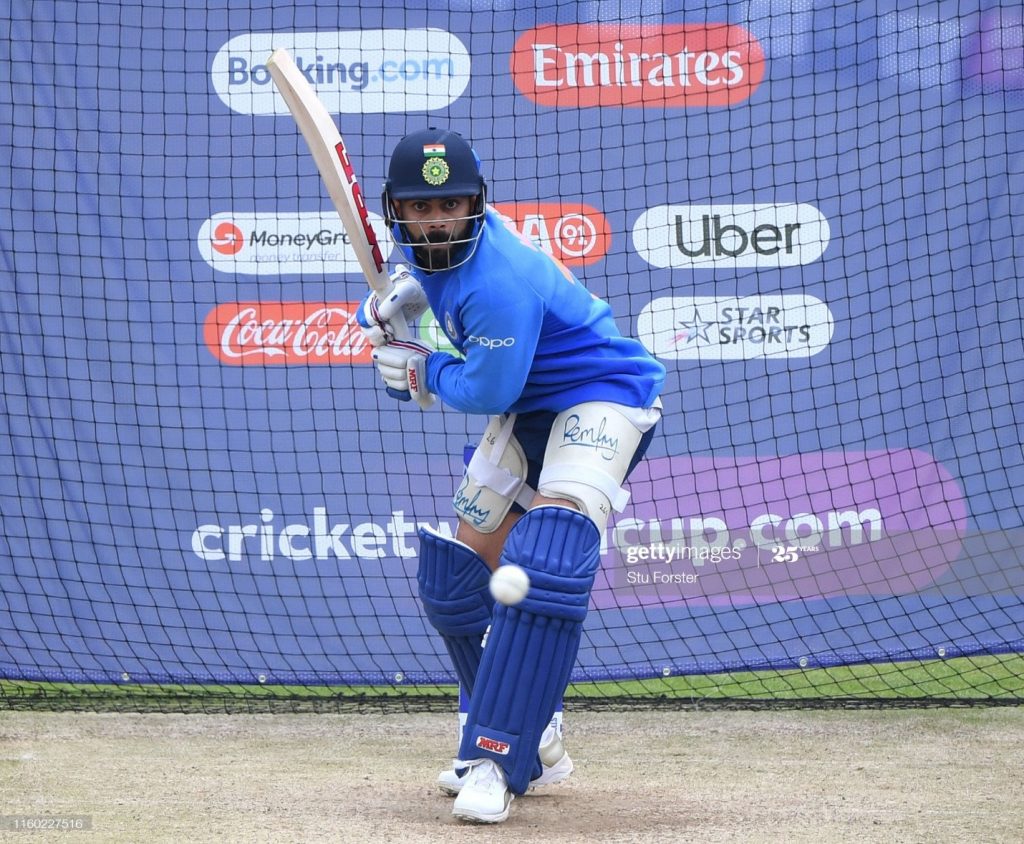
I use tennis balls because they bounce higher and slower, so to hit the ball into the ground you have to wait get your hands and head over the top of it. I’d have someone throw tennis balls on a good length and imagine there’s a meter-and-a-half semi-circle in front of me. I’m trying to hit the ball down into that area – not dropping it in front of me, still stroking the ball with high hands. That helps me get me ready for playing in conditions where I know the ball will swing, seam and also stick in the wicket a bit. If you get your hands too far out in front, you’ll be in a lot of strife.

